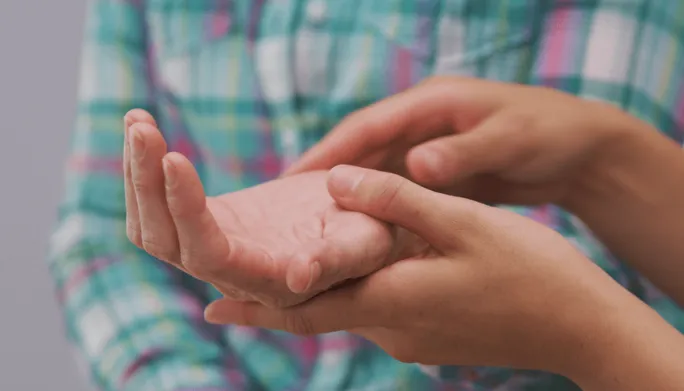Cold Compression Therapy In Manhattan and Long Island

What is Cold Compression Therapy
Cold Compression Therapy is a commonly used technique in Occupational therapy to reduce pain and swelling caused by injury or surgery. Cold Compression Therapy involves the use of cold temperatures combined with compression to reduce inflammation and promote healing. This non-invasive therapy is typically used to treat a wide range of conditions, including sprains, strains, bruises, and postoperative swelling.
How Does Cold Compression Therapy Work in Manhattan and Long Island?
Cold Compression Therapy works by constricting blood vessels, reducing blood flow to the affected area, and reducing inflammation. Cold temperatures slow down the metabolic rate of cells, reducing the production of pain-causing chemicals and reducing swelling. The compression aspect of Cold Compression Therapy helps to keep swelling and fluid buildup to a minimum, promoting healing and reducing pain.
Cold Compression Therapy is typically delivered using a cold compression device, which consists of a compression wrap and a cooling element. The compression wrap is placed around the affected area, and the cooling element is activated to provide cold therapy. The compression wrap and cooling element work together to provide effective Cold Compression Therapy, reducing pain and swelling, and promoting healing.
There are several different types of cold compression devices available, including ice packs, gel packs, and motorized cold compression devices. Ice packs are the most basic form of Cold Compression Therapy and are typically used for acute injuries, such as sprains and strains. Gel packs are a more advanced form of CCT and are designed to provide a more consistent and prolonged application of cold therapy. Motorized cold compression devices are the most advanced form of CCT and are designed to provide a more targeted and effective application of cold therapy.
One of the most important things to consider when using Cold Compression Therapy is to avoid over-cooling the affected area. Over-cooling can cause tissue damage, reduce circulation, and slow down the healing process. It is important to follow the instructions provided by the manufacturer and to monitor the affected area for any signs of over-cooling.
Benefits of Cold Compression Therapy
One of the main benefits of Cold Compression Therapy is its ability to reduce pain. The combination of cold temperatures and compression can provide fast and effective relief from pain associated with injury or surgery. By reducing inflammation, Cold Compression Therapy can also help to prevent further damage to the affected area and speed up the healing process.
Another benefit of Cold Compression Therapy is its ability to improve mobility. The therapy can help to reduce swelling and improve range of motion, making it easier for individuals to perform physical activities and exercise. This can be particularly helpful for individuals who have suffered from injuries or have chronic conditions that limit their mobility. By reducing inflammation and promoting healing, Cold Compression Therapy can help to improve the function of joints and muscles, leading to improved mobility and decreased pain.
In addition to its benefits in occupational therapy, Cold Compression Therapy has also been shown to have a number of other health benefits. For example, it has been shown to improve circulation, boost the immune system, and reduce stress and anxiety. This is because Cold Compression Therapy can help to regulate the production of hormones, such as adrenaline and cortisol, which play a role in regulating the body’s response to stress and injury.
Start Cold Compression Therapy in Manhattan and Long Island Today
Cold Compression Therapy is a highly effective form of therapy that can provide a wide range of benefits in rehabilitation. Whether you are dealing with an acute injury or a chronic condition, Cold Compression Therapy can help to reduce pain, improve mobility, and promote healing. If you are considering Cold Compression Therapy as a form of therapy, it is important to work with an occupational therapist who can help you determine the best type of Cold Compression Therapy for your needs and provide you with the proper guidance and instruction on how to use it safely and effectively.


